How To Create Gcm Api Key
Google Cloud Messaging is a free service that enables developers to send messages between GCM servers and client apps. This includes downstream messages from GCM servers to client's app, and upstream messages from client apps to GCM servers. Starting May, Google Cloud Messaging Platform is being replaced by Firebase Cloud Messaging. Before 2014, GCM could only be used to send downstream messages (cloud-to-device) via HTTP. A GCM message sent with the HTTP API can be sent up to 1000 users, requiring multiple messages for large numbers of users. The new API offers an alternate method using XMPP, the GCM Cloud Connection Server. The CCS allows for a constant connection to Google's GCM servers and messages to be sent at the max wire speed. Google throttles this speed to be 4,000 messages per second at maximum, per connection; with a 10-connection maximum. When using all 10 connections you can send 40,000 messages per second. A key difference is that messages sent using Google's CCS is one message per device, rather than messages with multiple recipients. Some key features of this Google Cloud Messaging Server are- Watch this video to understand more about GCM- [embed]https://www.youtube.com/watch?v=HxbidYYAek8&list=PLOU2XLYxmsIIiaVcbQ9_rbI9IzF2agybt[/embed] Firebase Cloud Messaging is the new and evolved version of GCM. Firebase comes with lot of new features along with the obvious reliability and scalable GCM infrastructure. Read more about Firebase here. Server Key is the key saved on the app server that provides the app server authorized access to Google services. As a recommended practice, you should never include the API key anywhere in your client code. Google Cloud Messaging (GCM) Sender ID:A unique numerical value which is created when you configure your Project in the Google Developers Console/ Google Cloud Console. The Project Number is GCM Sender ID and this is used in the registration process to identify an app server that is permitted to send messages to the client app. Firebase Cloud Messaging / FCM Sender ID:Equivalent of Google Cloud Messaging (GCM) Sender ID. Accessible under the Firebase > Project > Settings > Cloud Messaging tab. Chrome web push notifications are clickable messages that are sent to Chrome browser on your user's device. These modifications can only be sent to your subscribed users. In order to get these notifications, the subscribers do not have to be on your website. your users can easily subscribe to these notifications on mobile, desktop and tablet. Read here more about browsers supporting web push and the best time to send push notifications . 1. Sign into your Google Cloud Platform Account on https://console.developers.google.com Once on the Dashboard, go to Create a projectfrom the drop down menu. 2. Enter the Project nameand click onCreate 3. Once the project is created, go to Overview and search for Google Cloud Messaging. SelectGoogle Cloud Messaging. a) Enabling Google Cloud Messaging API b) 4. Click onEnable and move to the next step to create credentials. a) b) c) 5. Under theCredentials sectionselect Create credentialsandchoose API key from the list. 6. From the reflected options select Server keyto create a new key. 7. Enter the server key name and move to the next step by clicking onCreate. 8. This is what your API key will look like. 9. To get yourGCM Sender ID - select the option toManage all projectsfrom the drop down section. 10.Select your project from the list of all projects. 11. Go to the Settingssection to view yourProject number,which is yourGCM Sender ID. GCM is now FCM! If you have followed this tutorial about GCM, we strongly recommend you migrate to Firebase cloud messaging today itself. Read here to understand what's changed and get started by generating your server key using these easy steps. Keep reading post if you want to understand how GCM worked for web push notifications. 1. Visit the iZooto website and click on 'Get Started for Free'. 2. Fill in your details along with your website URL and click on 'Get Started' 3. This will take you directly to iZooto dashboard. Here, click on 'Generate Code' to move to the next step. 4. If you have added a HTTP website, this generated code needs to be placed before your website header. However, for HTTPS website this process will have an additional step to add the code in the root directory as well. Check the steps here. 5. Choose a pricing plan to begin with. You can either choose the recommended one or start with a free trial. 6. In the next step, go to Settings > General Settings. 7. Click on 'Project Key' and then on 'Submit request for update' 8. Enter your GCM sender ID and Server Key and click on 'Submit to complete this process. Once your GCM Project Key is updated, you can start creating campaigns and pushing out notifications to your can read more about Chrome push Refer these to know more about Chrome push notifications, Firefox push notifications and Safari notification. Hat Tip - Given GCM Sender ID and Server API Key are not hard bound to a particular domain. A pair of GCM Sender ID and Server API Key can be used again. GCM currently allows you add upto 12 Projects per Google Account - so ensure that you use these wisely. Before we talk how to generate your GCM Sender ID and GCM Server Key, let us take a quick shot at answering these questions.
What Is GCM Service?
What is Firebase Cloud Messaging?
What is the use of Server Key?
What is the difference between GCM sender ID and FCM sender ID?

What are chrome push notifications?
Steps to Generate your Google Cloud Messaging (GCM) Sender ID
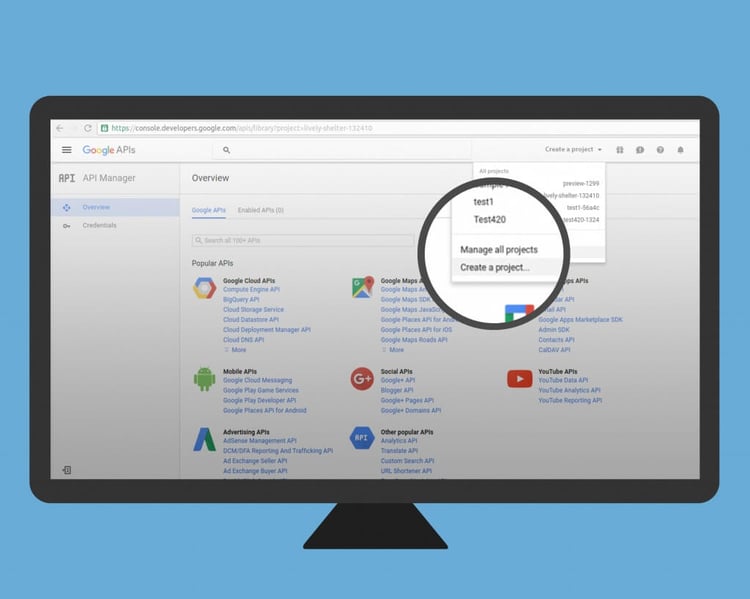 Generating GCM Sender ID - Step 1- Project Creation
Generating GCM Sender ID - Step 1- Project Creation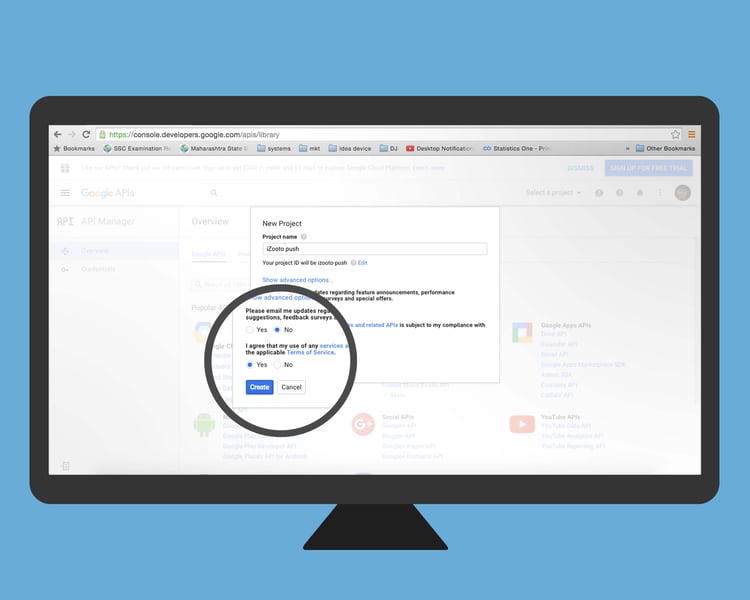 GCM Project Creation
GCM Project Creation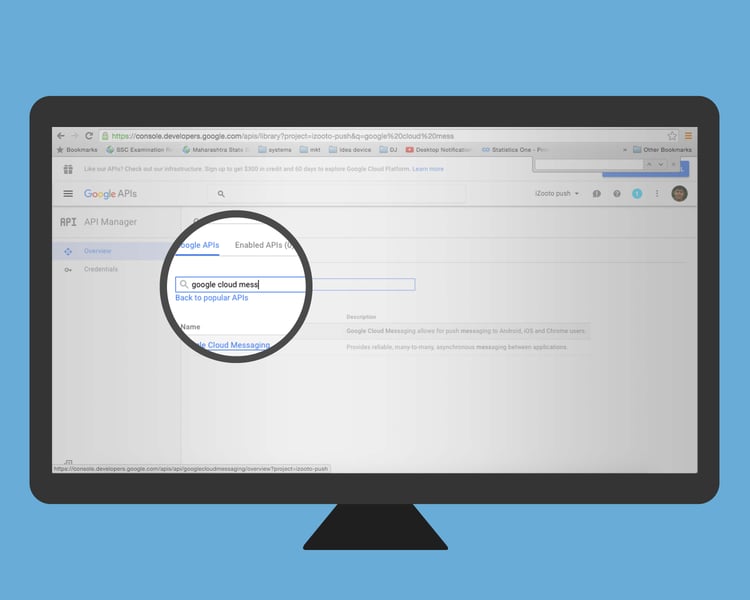 Google Cloud Messaging API
Google Cloud Messaging API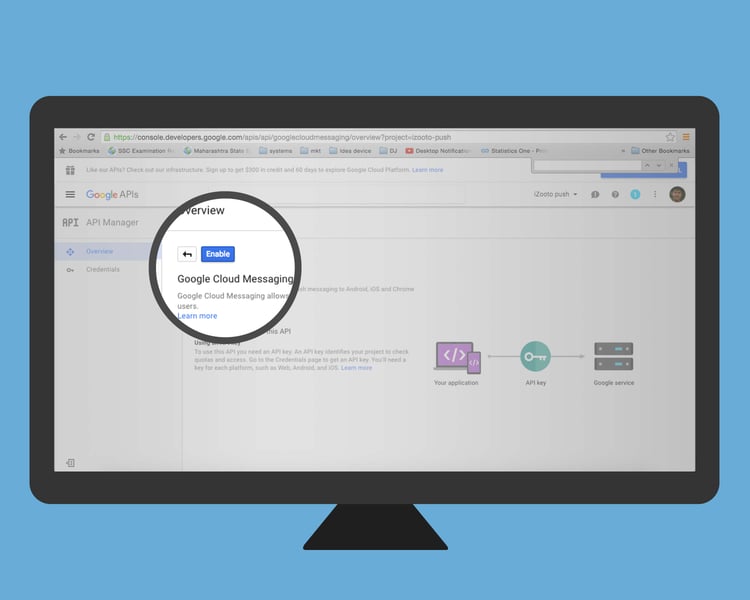 Confirmation of Activation of GCM API key
Confirmation of Activation of GCM API key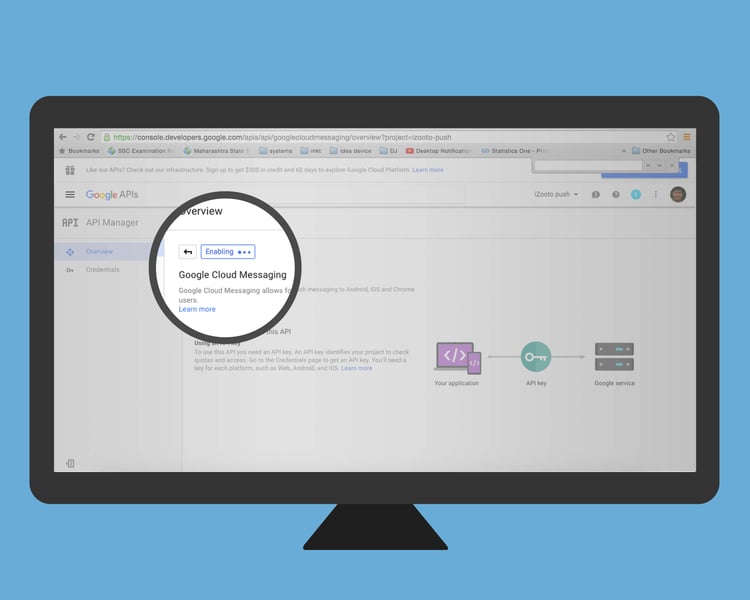 Enabled
Enabled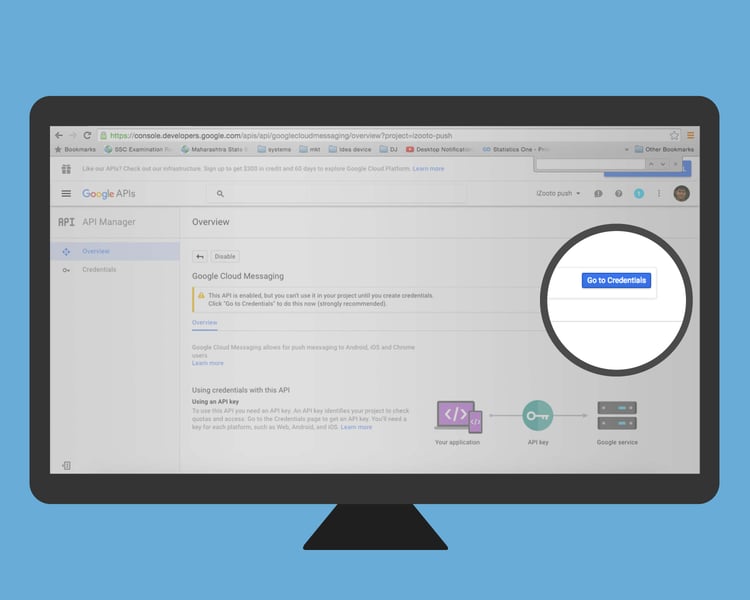 GCM API Credential
GCM API Credential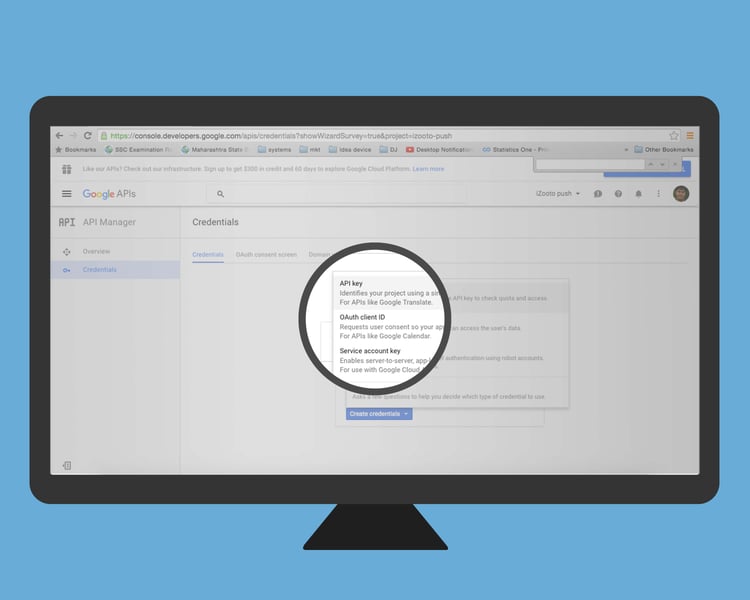 GCM Sender ID and API Creation
GCM Sender ID and API Creation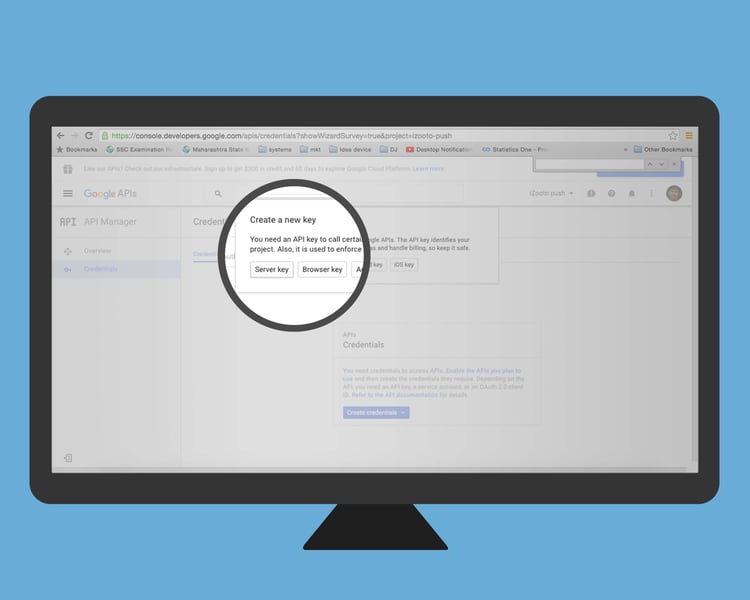 New Key Generation
New Key Generation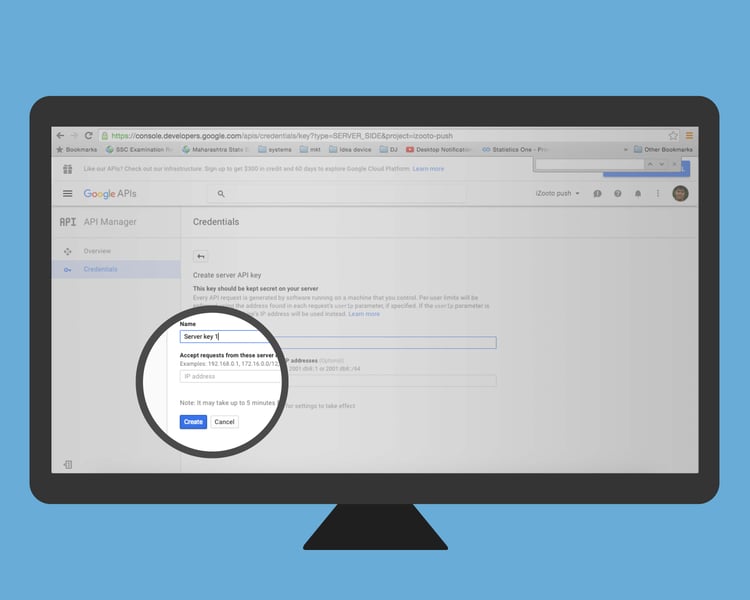 Name Server Key
Name Server Key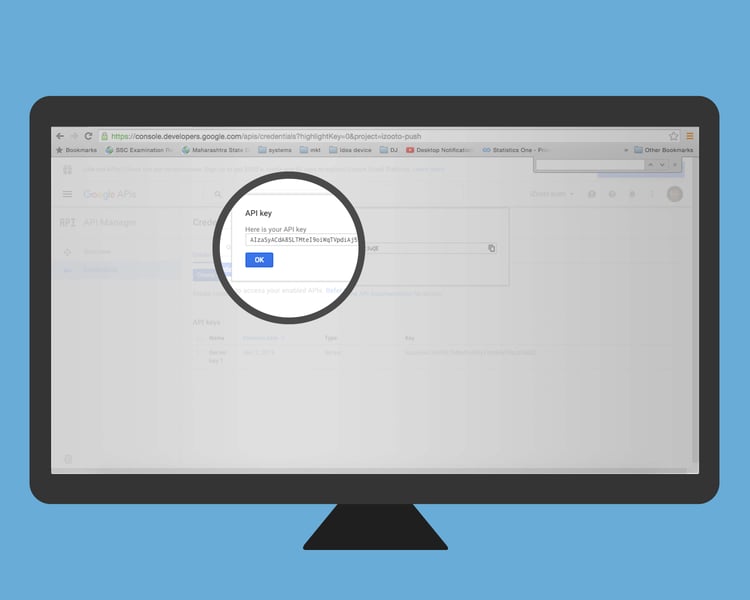 Server Key Generated
Server Key Generated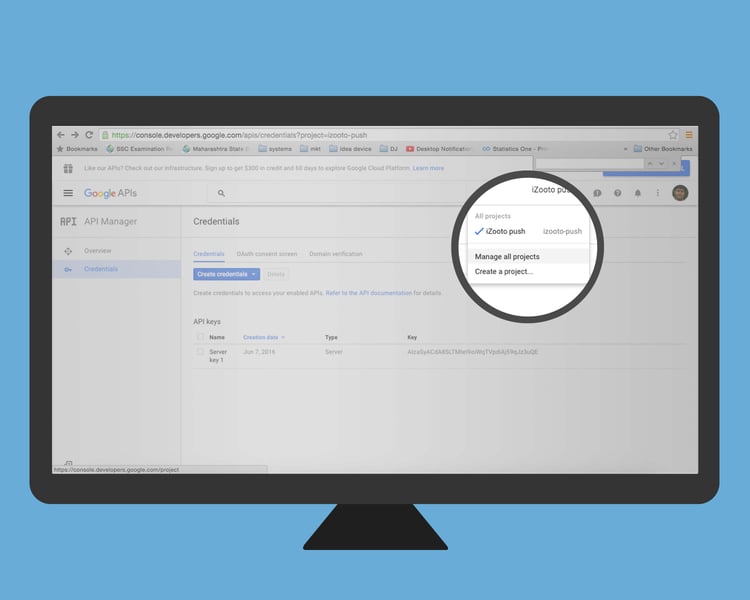 Manage Projects in GCM
Manage Projects in GCM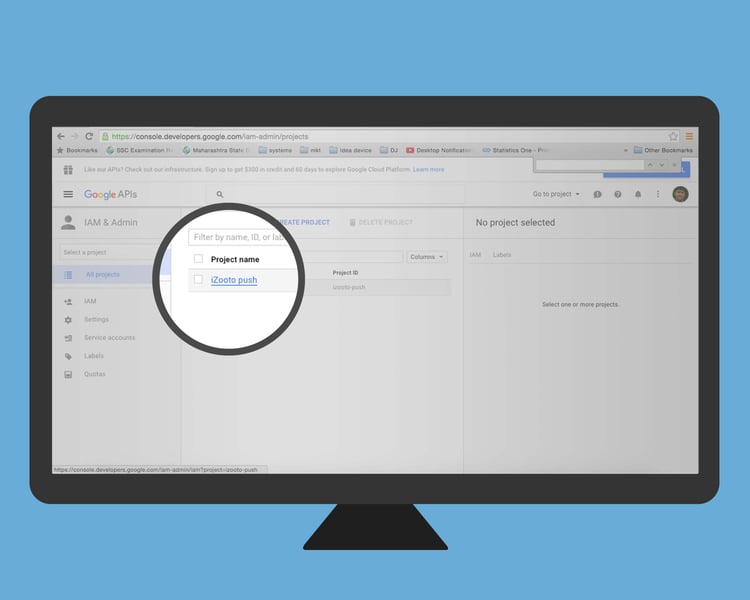 GCM Sender ID
GCM Sender ID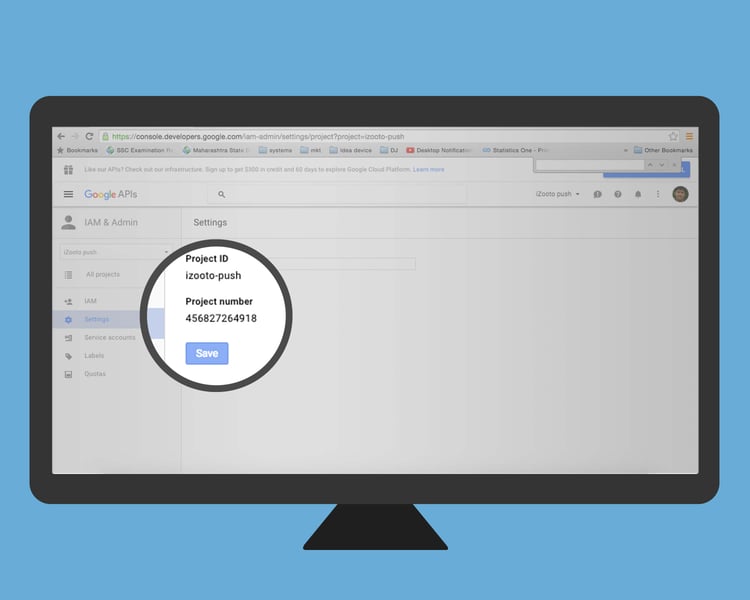 Project Number is Sender ID
Project Number is Sender IDHow to send notifications on mobile and desktop using GCM ?
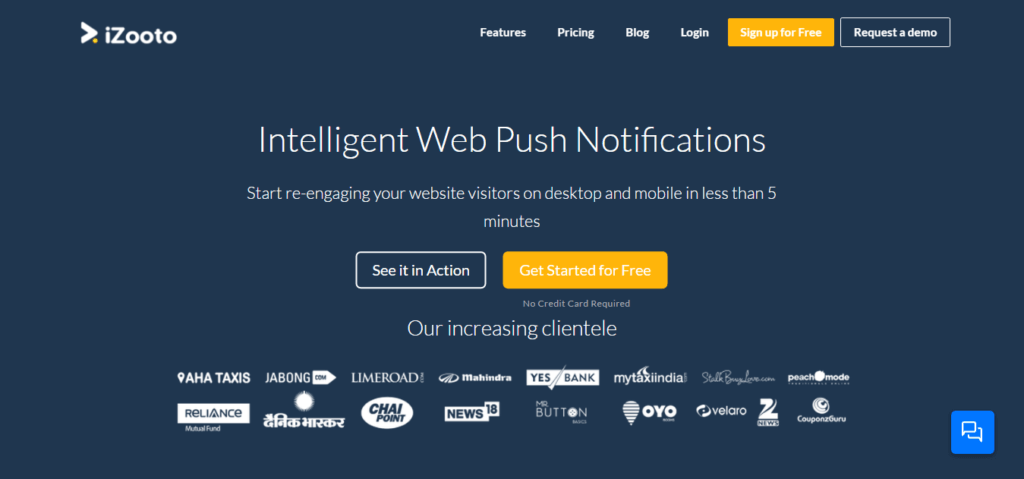
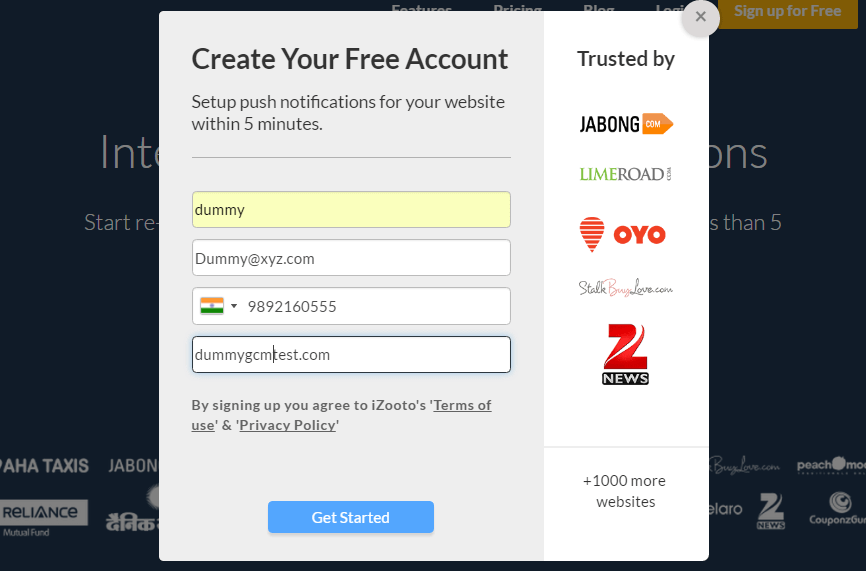
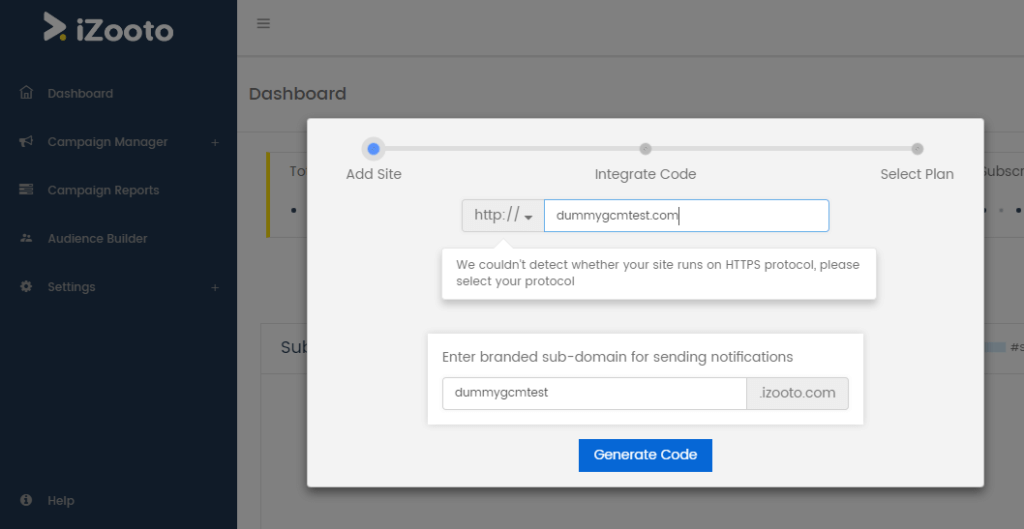
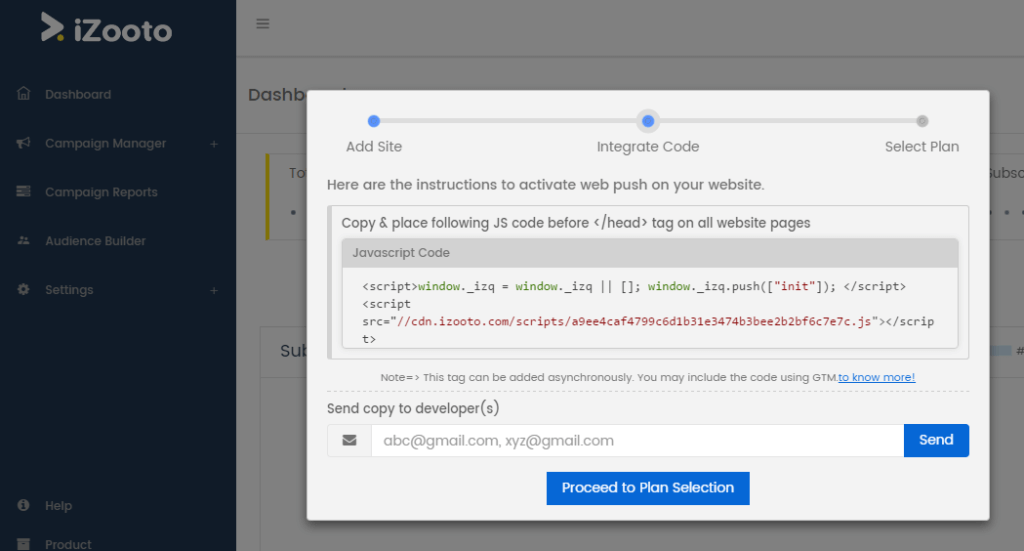
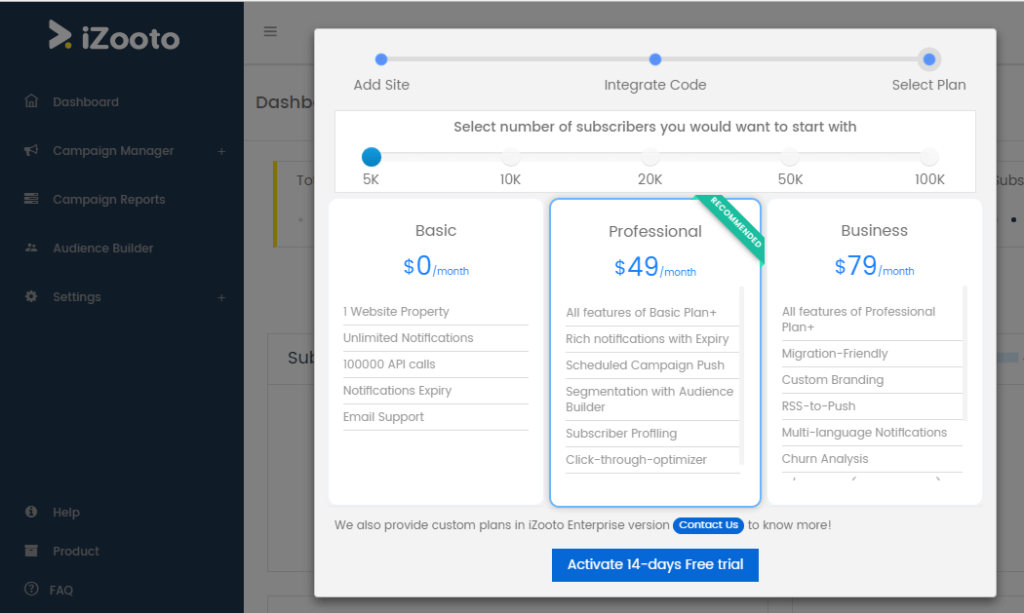
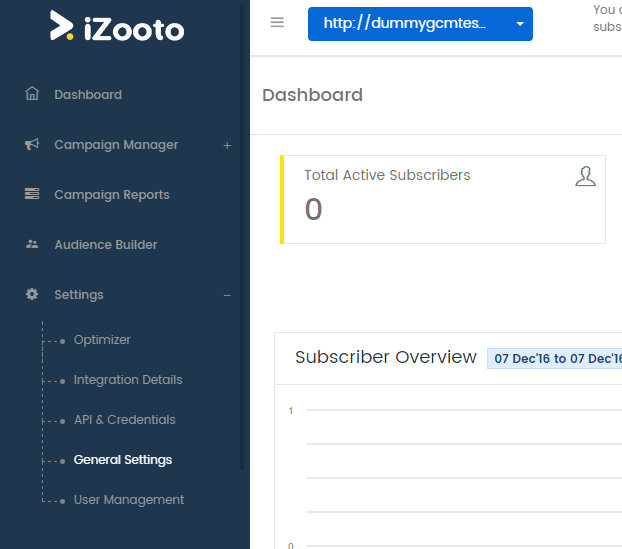
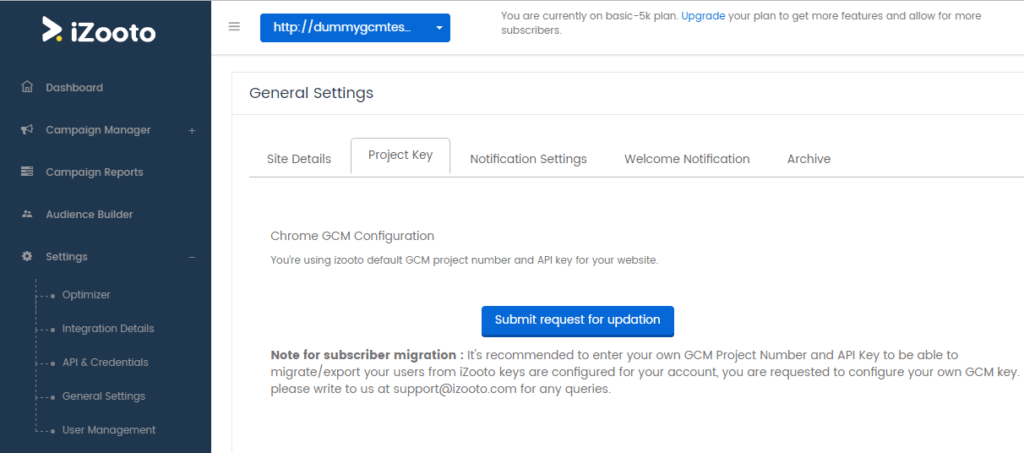
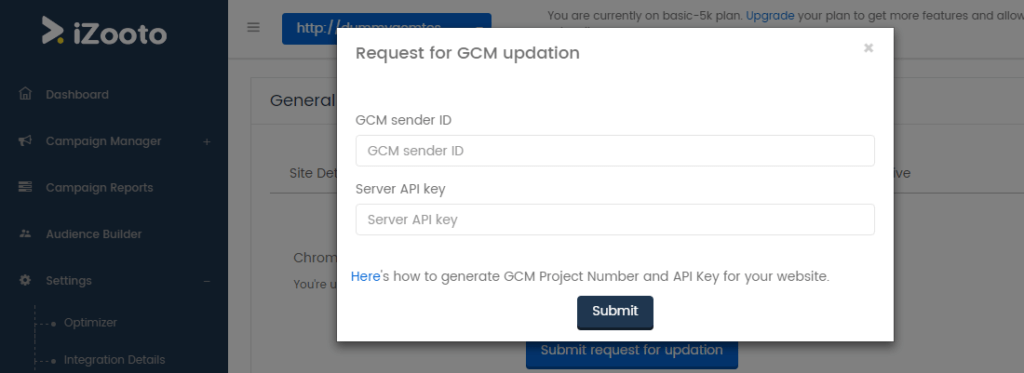


How To Create Gcm Api Key
Source: https://www.izooto.com/blog/generate-gcm-sender-id-server-api-key
Posted by: fleckthervin.blogspot.com

0 Response to "How To Create Gcm Api Key"
Post a Comment